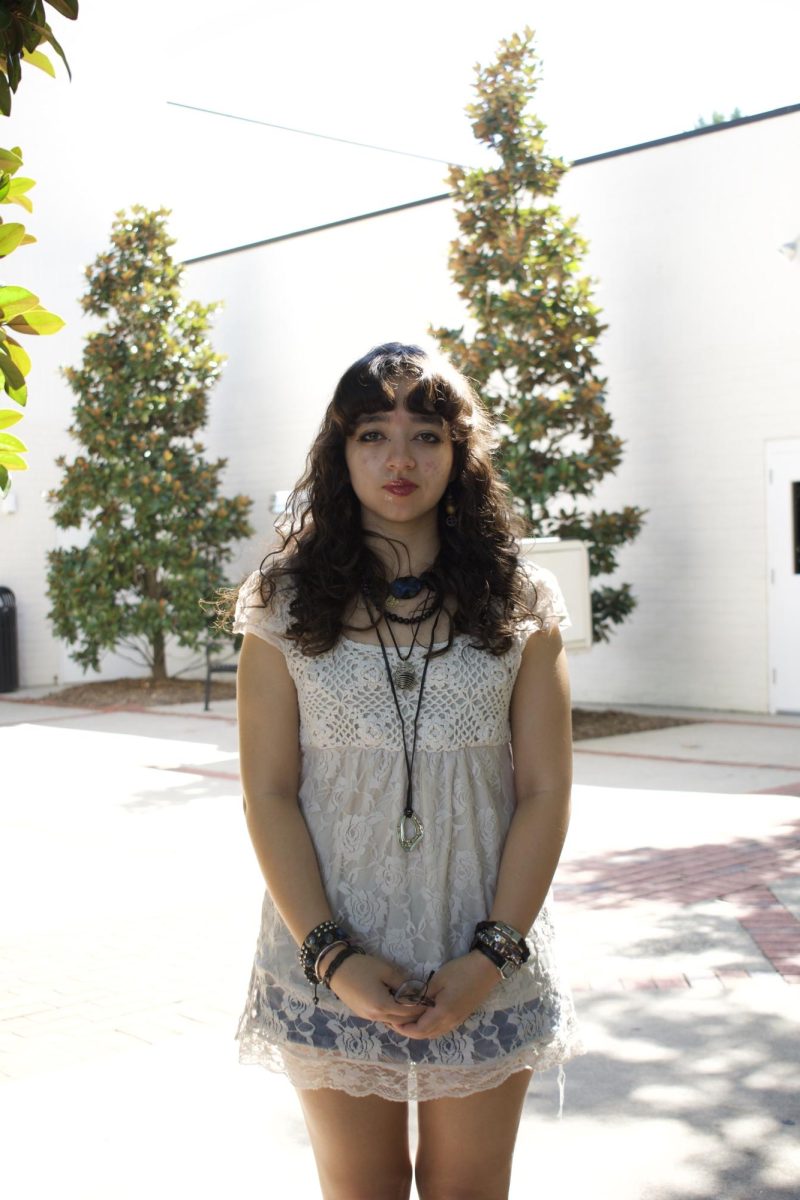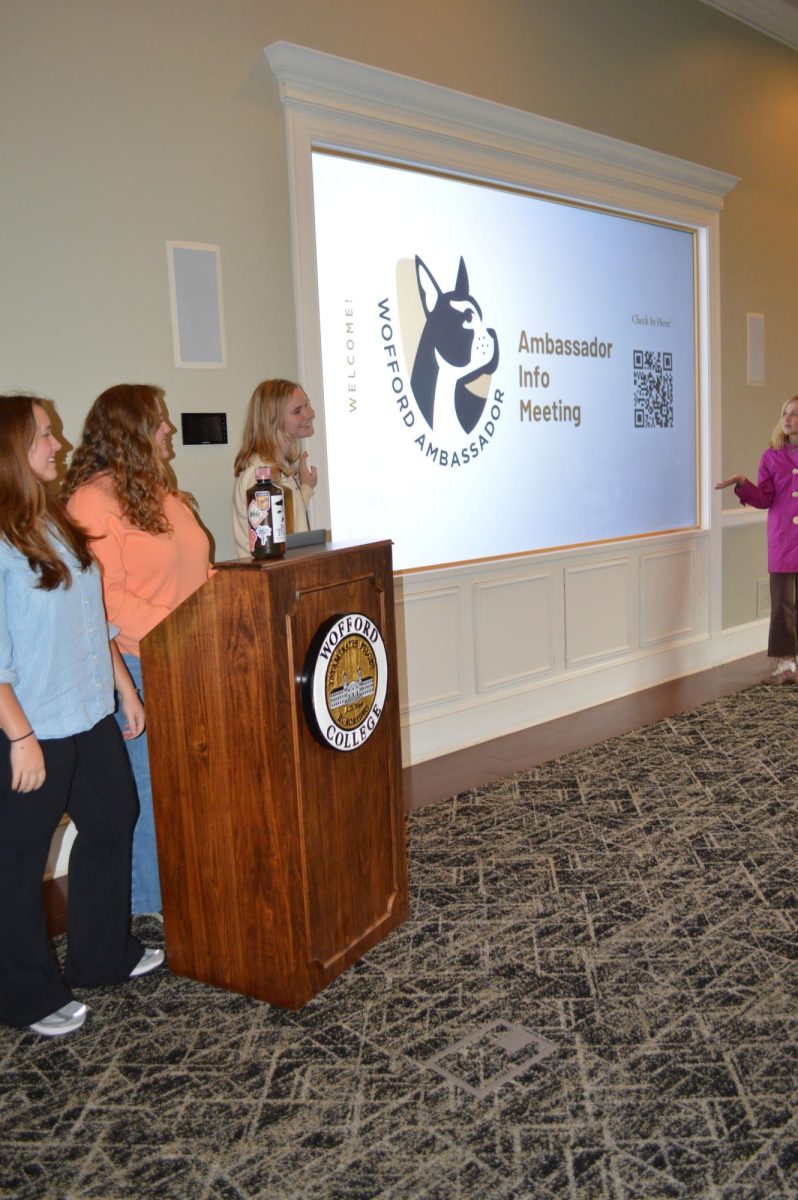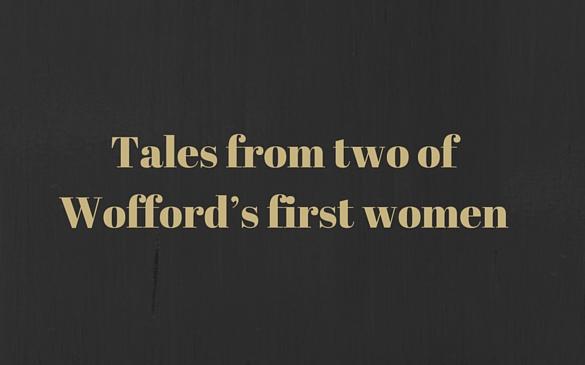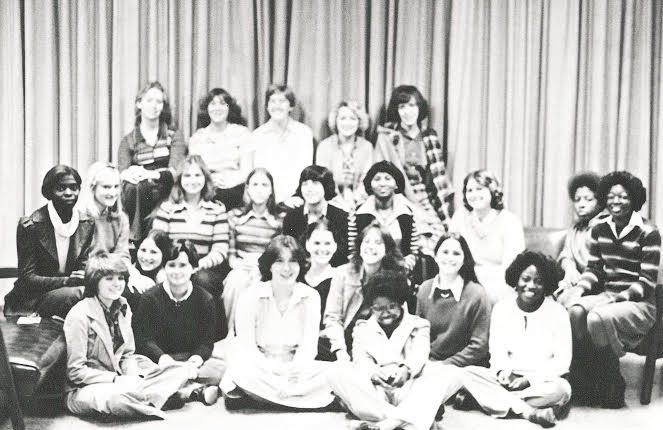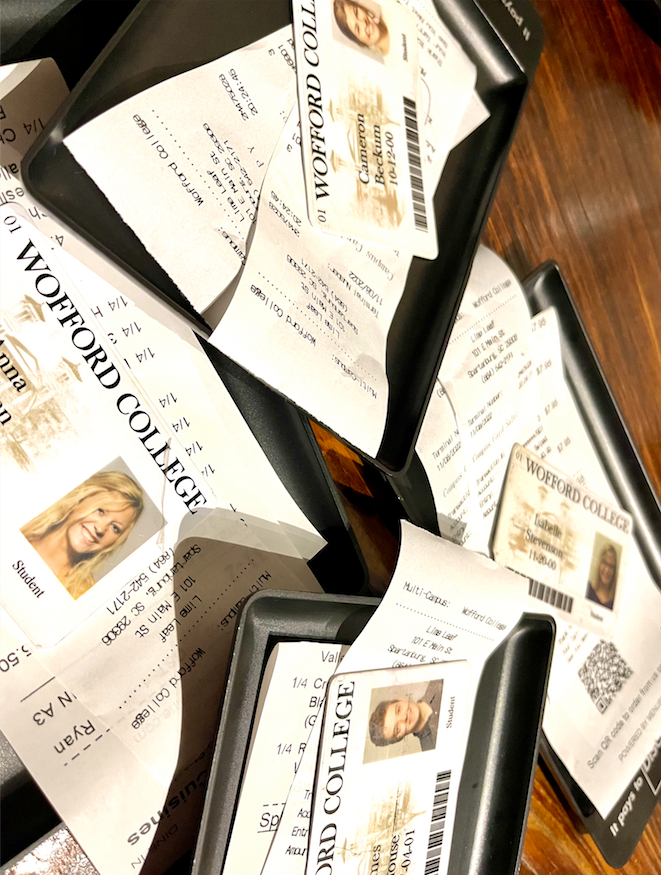By: Katie Sanders, Staff Writer
In light of Women’s History Month, Dean Beth Wallace, ’82, and Dr. Carol Wilson, ’81, share what it was like being a first generation Wofford woman. The college went from being an all boys’ school to co-ed in the early 70s, but ten years later, these women, who are alumni and current employees of the college, note that they were not far removed from the newness of having females in the student body.
“As a white woman in the South, I had been in the majority all my life,” says Wilson. “Entering Wofford as a woman in 1977 did, for the first time, make me aware of my gender in ways I had not been before. The senior class at that time had entered the college expecting it to remain all male, so understandably, they resisted the entrance of women.”
“At first, it was a bit odd to sometimes be the only female in a class,” says Wallace. “We would always go in groups of two or more to eat in Burwell. It made for close friendships among the women. The sophomore women were particularly helpful in making us feel comfortable that first year.”
One challenge the women faced was changing long-standing traditions to encompass their new demographic.
“Some organizations were slower to accept women here, since there was a long tradition of Wofford men dating women who attended Converse,” explains Wilson. “One transition that the college made in our first years was to move from having a Converse student as Homecoming Queen, to having a student who attended Wofford as Homecoming Queen.”
The women were not, however, complacent in marking their new territory. Wilson explains that the admissions standards for the first few classes of women were higher than that of men. The applicant pool for women was much higher than the number accepted by the college, so admissions handpicked those who were best prepared academically. They wasted no time getting involved.
“I was elected as an at large delegate at the end of my first year,” says Wilson. “By our senior year, the Campus Union officers were 3 women (Vice President, Secretary and Treasurer). Mary Ann McCrackin was elected CU President a couple of years later.”
Wallace recalls seeing a sign hanging from the Bell Tower one day her freshman year that was derogatory toward women. Initially she was upset and didn’t understand why everyone else wasn’t as excited as she about the new class of students. She used those feelings as motivation to have an impact on campus.
“My feelings turned from hurt and frustration to ‘I will prove that I belong here,’” she says. “During my first year, there were a group of nine women who chartered Kappa Delta sorority. Between classes, working in the Financial Office and being in other organizations, my time here was meaningful and life changing. It challenged me academically, socially and emotionally.”
That Wofford had traditionally been an all-male institution was not something Wilson or Wallace considered in their college search process. Wallace fell in love “the minute she walked on campus” and was swayed from attending Furman.
Wilson had an overnight stay and “enjoyed it tremendously.” But according to these two alumnae, the first few classes of women did make a lasting impression on the spirit of Wofford College.
“By the mid-1980s, I was impressed to know that the women I taught didn’t feel different on our campus,” says Wilson. “They weren’t aware of being women at a traditionally all-male school. They believed rightly that Wofford was their school, and knew they had a place here.”
“The spirit that embodies Wofford can be described as one with a strong will power, a deep and abiding strength and a steadfast passion,” says Wallace. “I believe all of these traits were evident in the women who came, persevered and went on to make meaningful and lasting contributions to their families and communities.”



